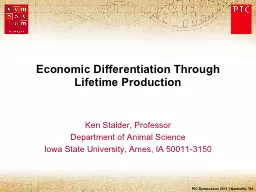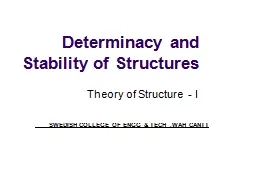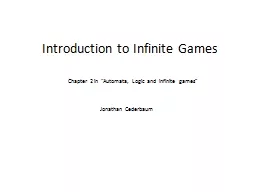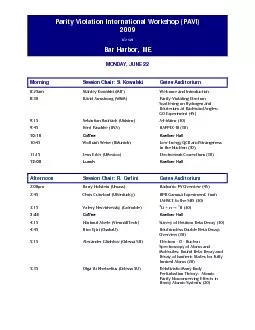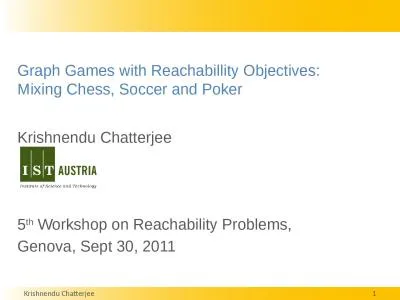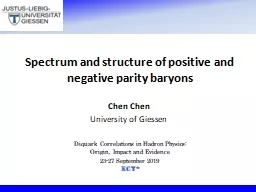PPT-Memoryless Determinacy of Parity Games
Author : tatyana-admore | Published Date : 2018-09-22
Itay Harel Table of Contents Quick recap Complexity results Definitions and lemmas subgames traps Attractors paradise Determinacy 3 important lemmas nonconstructive
Presentation Embed Code
Download Presentation
Download Presentation The PPT/PDF document "Memoryless Determinacy of Parity Games" is the property of its rightful owner. Permission is granted to download and print the materials on this website for personal, non-commercial use only, and to display it on your personal computer provided you do not modify the materials and that you retain all copyright notices contained in the materials. By downloading content from our website, you accept the terms of this agreement.
Memoryless Determinacy of Parity Games: Transcript
Download Rules Of Document
"Memoryless Determinacy of Parity Games"The content belongs to its owner. You may download and print it for personal use, without modification, and keep all copyright notices. By downloading, you agree to these terms.
Related Documents



